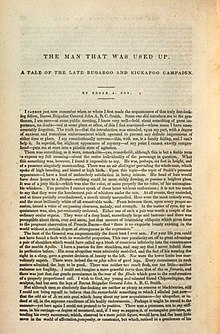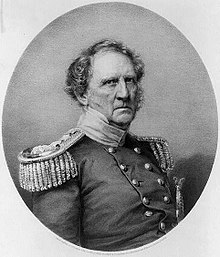
Edgar Allan Poe was an American writer, poet, author, editor, and literary critic who is best known for his poetry and short stories, particularly his tales of mystery and the macabre. He is widely regarded as a central figure of Romanticism and Gothic fiction in the United States, and of American literature. Poe was one of the country's earliest practitioners of the short story, and is considered the inventor of the detective fiction genre, as well as a significant contributor to the emerging genre of science fiction. He is the first well-known American writer to earn a living through writing alone, resulting in a financially difficult life and career.

"The Murders in the Rue Morgue" is a short story by Edgar Allan Poe published in Graham's Magazine in 1841. It has been described as the first modern detective story; Poe referred to it as one of his "tales of ratiocination".
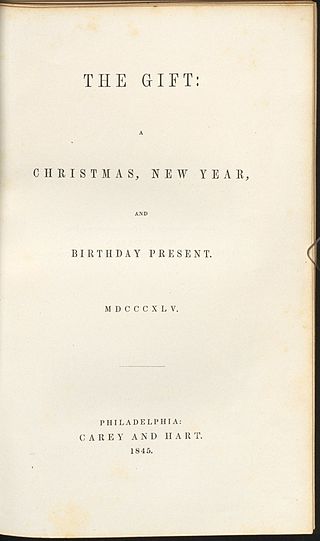
"The Purloined Letter" is a short story by American author Edgar Allan Poe. It is the third of his three detective stories featuring the fictional C. Auguste Dupin, the other two being "The Murders in the Rue Morgue" and "The Mystery of Marie Rogêt". These stories are considered to be important early forerunners of the modern detective story. It first appeared in the literary annual The Gift for 1845 (1844) and soon was reprinted in numerous journals and newspapers.

"The Tell-Tale Heart" is a short story by American writer Edgar Allan Poe, first published in 1843. It is related by an unnamed narrator who endeavors to convince the reader of the narrator's sanity while simultaneously describing a murder the narrator committed. The victim was an old man with a filmy pale blue "vulture-eye", as the narrator calls it. The narrator emphasizes the careful calculation of the murder, attempting the perfect crime, complete with dismembering the body in the bathtub and hiding it under the floorboards. Ultimately, the narrator's actions result in hearing a thumping sound, which the narrator interprets as the dead man's beating heart.

"Annabel Lee" is the last complete poem composed by American author Edgar Allan Poe. Like many of Poe's poems, it explores the theme of the death of a beautiful woman. The narrator, who fell in love with Annabel Lee when they were young, has a love for her so strong that even angels are envious. He retains his love for her after her death. There has been debate over who, if anyone, was the inspiration for "Annabel Lee". Though many women have been suggested, Poe's wife Virginia Eliza Clemm Poe is one of the more credible candidates. Written in 1849, it was not published until shortly after Poe's death that same year.

"The Gold-Bug" is a short story by American writer Edgar Allan Poe published in 1843. The plot follows William Legrand, who becomes fixated on an unusual gold-colored bug he has discovered. His servant Jupiter fears that Legrand is going insane and goes to Legrand's friend, an unnamed narrator, who agrees to visit his old friend. Legrand pulls the other two into an adventure after deciphering a secret message that will lead to a buried treasure.

"The Conqueror Worm" is a poem by Edgar Allan Poe about human mortality and the inevitability of death. It was first published separately in Graham's Magazine in 1843, but quickly became associated with Poe's short story "Ligeia" after Poe added the poem to a revised publication of the story in 1845. In the revised story, the poem is composed by the eponymous Ligeia, and taught to the narrator in the fits of her death throes.

"The Fall of the House of Usher" is a short story by American writer Edgar Allan Poe, first published in 1839 in Burton's Gentleman's Magazine, then included in the collection Tales of the Grotesque and Arabesque in 1840. The short story, a work of Gothic fiction, includes themes of madness, family, isolation, and metaphysical identities.

"Ulalume" is a poem written by Edgar Allan Poe in 1847. Much like a few of Poe's other poems, "Ulalume" focuses on the narrator's loss of his beloved due to her death. Poe originally wrote the poem as an elocution piece and, as such, the poem is known for its focus on sound. Additionally, it makes many allusions, especially to mythology, and the identity of Ulalume herself, if a real person, has been a subject of debate.

Le ChevalierC. Auguste Dupin is a fictional character created by Edgar Allan Poe. Dupin made his first appearance in Poe's 1841 short story "The Murders in the Rue Morgue", widely considered the first detective fiction story. He reappears in "The Mystery of Marie Rogêt" (1842) and "The Purloined Letter" (1844).

"The Facts in the Case of M. Valdemar" is a short story by the American author Edgar Allan Poe about a mesmerist who puts a man in a suspended hypnotic state at the moment of death. An example of a tale of suspense and horror, it is also to a certain degree a hoax, as it was published without claiming to be fictional, and many at the time of publication (1845) took it to be a factual account. Poe admitted it to be a work of pure fiction in letters to his correspondents.
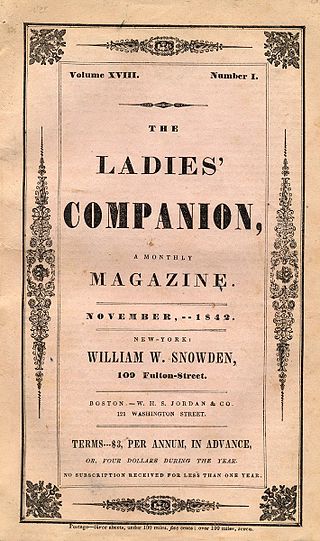
"The Mystery of Marie Rogêt", often subtitled A Sequel to "The Murders in the Rue Morgue", is a short story by American writer Edgar Allan Poe written in 1842. This is the first murder mystery based on the details of a real crime. It first appeared in Snowden's Ladies' Companion in three installments, November and December 1842 and February 1843. Poe referred to it as one of his "tales of ratiocination".

"The Oblong Box" is a short story by American writer Edgar Allan Poe, first published in 1844, about a sea voyage and a mysterious box.
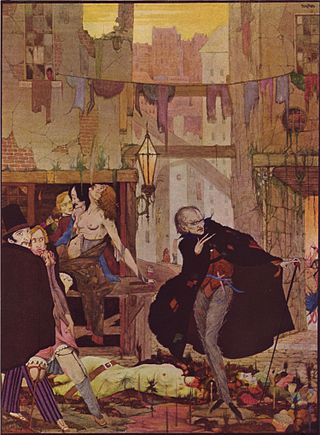
"The Man of the Crowd" is a short story by American writer Edgar Allan Poe about a nameless narrator following a man through a crowded London. It was first published in 1840.

"Maelzel's Chess Player" (1836) is an essay by Edgar Allan Poe exposing a fraudulent automaton chess player called The Turk, which had become famous in Europe and the United States and toured widely. The fake automaton was invented by Wolfgang von Kempelen in 1769 and was brought to the U.S. in 1825 by Johann Nepomuk Mälzel after von Kempelen's death.

"The Imp of the Perverse" is a short story by 19th-century American author and critic Edgar Allan Poe. Beginning as an essay, it discusses the narrator's self-destructive impulses, embodied as the symbolic metaphor of The Imp of the Perverse. The narrator describes this spirit as the agent that tempts a person to do things "merely because we feel we should not."

Tales of the Grotesque and Arabesque is a collection of previously published short stories by Edgar Allan Poe, first published in 1840.

"Never Bet the Devil Your Head: A Moral Tale" is a short story by American author Edgar Allan Poe, first published in 1841. The satirical tale pokes fun at the notion that all literature should have a moral and spoofs transcendentalism.
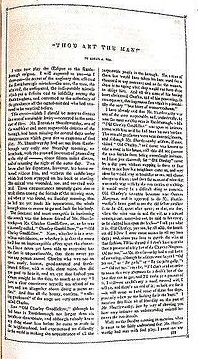
"Thou Art the Man", originally titled "Thou Art the Man!", is a short story by Edgar Allan Poe, first published in 1844. It is an early experiment in detective fiction, like Poe's "The Murders in the Rue Morgue", though it is generally considered an inferior story.
"The Business Man" is a short story by Edgar Allan Poe about a businessman boasting of his accomplishments. It was published in February 1840 in Burton's Gentleman's Magazine. The story questions the concept of a self-made man.
